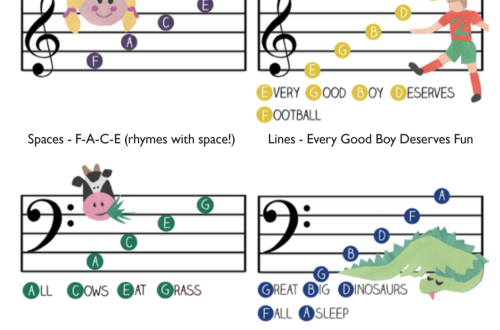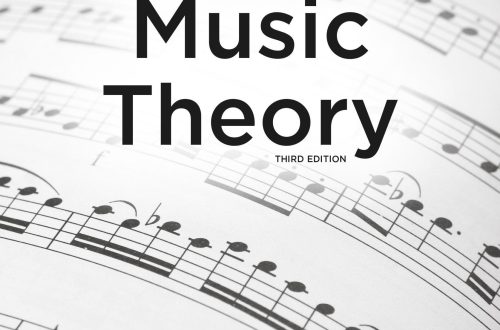
Dominant seventh chords
Contents
Seventh chord
This is a four sound with intervals in the form of a third between each sound and a seventh between the extreme ones. Seventh chords have a different structure due to unequal intervals between steps in the scale.
They are studied in solfeggio lessons at the Children’s Art School and Children’s Music School.
Dominant seventh chord
This is the most popular type of seventh chord. The dominant seventh chord is built from the 5th degree, which is dominant in the harmonic minor e or major, hence the name. The basis of the a chord is a major triad with a minor third added to it.
The lowest sound of this four-tone is prima – the basis of the dominant seventh chord. Next comes the third, fifth and seventh: the last is the top of the sound. To build a dominant seventh chord from any note, you can use:
- major triad and minor third;
- a major third, a minor third, and another minor third.
The peculiarity of the a chord is in its dominance. This means that the sound is unstable: it tends to resolve into a tonic chord or its equivalents. Classical harmony is built on this aspiration. The dominant seventh chord creates tension and a sense of tonality.
It is not allowed in jazz , but in blues it functions as an independent tonic chord , combined with the pentatonic scale.
The dominant seventh chord happens:
- Complete.
- Incomplete: it does not have a fifth tone, but there is a double prima.
- With a sixth: the fifth is missing.
Designation
The dominant seventh chord is indicated by the Arabic numeral 7 and the Roman V: the first indicates the interval, that is, the seventh, and the second indicates the step, which is used to build the chord a. It turns out V7. In classical harmony, the designation D7 is used. Usually, instead of the step number, the Latin designation of the note is indicated. For the C-dur key, it is written with the letter G instead of V, so the dominant seventh chord will be denoted as G7. Also used dom: Cdom.
Video on this topic, which we found interesting:
Examples
For D-dur
To build a dominant seventh chord in this key, you need to find V and note A. A major triad is built from it, to which a minor third is added on top.
For H-moll
In this key, the V corresponds to the note F#. From it upwards a major triad is built with a minor third added on top.
Inversions of the dominants of the seventh chord
The A chord has 3 inversions. Their intervals are between the upper sound, the base and the lower sound.
- Quintsextachord. The system begins with the VII stage.
- Terzkvartakkord. Begins its system from the II stage.
- Second chord. Its system begins with the IV stage.
Permissions


In the dominant seventh chord, the dissonant tone is the fourth step of the mode a seventh. It is always allowed a step down, like a fifth. The third is resolved up for a small second or down.
Alterations
Jazz and modern music suggest altering the dominant seventh chord – lowering or raising its steps. As part of D7, only the 5th degree becomes different: the seventh, third or prima do not change, otherwise the quality of the a chord will also change. As a result of increasing or decreasing fifths, the following chords are obtained .





